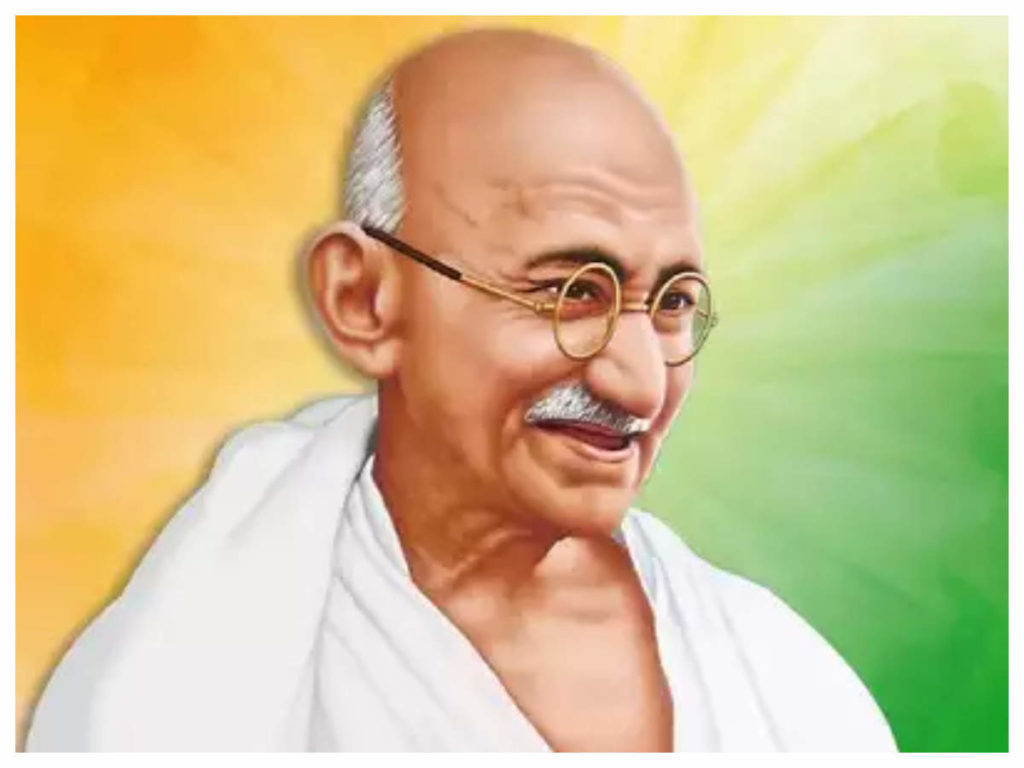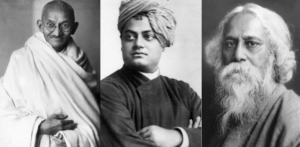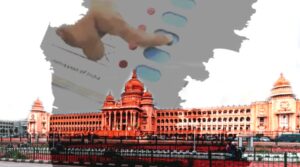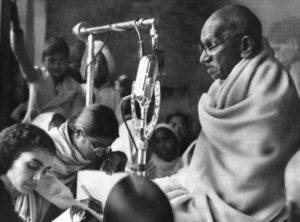Syed Ubaidur Rahman
Today, as the shadow of eviction confronts the anti-CAA protests that have rocked the Capital’s Shaheen Bagh locality for one month, it is important to note how these protests have contributed to the nation so far. The protests—wherever they have taken place in the country—have had a profound impact on the nation’s psyche. They will leave a lasting imprint on all those who participated in them, especially on the youth. For the first time in decades, people cutting across class, caste and religion have stepped out on the streets to oppose the Citizenship Amendment Act (CAA) 2019 and the government’s decision to create a national registry of Indian citizens or NRIC. The one big surprise these protests delivered is the bonhomie between communities it has fostered, along with the agreeableness across protest sites.
With their songs, street-art, theatre, music and speeches, the protests have revived India’s syncretic culture, fondly known as the Ganga–Jamuni tehzeeb in the northern plains. Considering the climate of fear prevailing in the country and the communalisation and lowering of public discourse in recent years, these protests are virtually unprecedented in blending social differences into the common identity of being Indian. This is evident from how people from across the religious spectrum have gathered at every protest site, be it Shaheen Bagh, Jamia Millia Islamia or Azad Maidan in Mumbai or the sites in Kolkata and Bangalore. Arguably, all those who have joined the protests, or even visited it, have had the chance to bond with people from different religious backgrounds than their own.
Syncretism has always been a part of India’s culture. Hindu, Muslim, Sikh and Christian people have stayed together in this region for centuries, fought and struggled together, even sacrificing their lives for united causes. The freedom movement, which began with India’s first war of independence in 1857, is the most stellar instance of this bonhomie. Shoulder to shoulder, Hindus and Muslims fought the colonial rulers, who contrived to divide them along religious identities. The protests against the CAA–NRIC pair help revive the dormant memories of that togetherness, which is exemplified by Mahatma Gandhi’s solidarity with Maulana Muhammad Ali Jauhar and Maulana Abul Kalam Azad; or by Gandhi’s admiration for Hakim Ajmal Khan and fondness for Dr Mukhtar Ansari. All this is part of India’s recent history, and the protesters have reignited those days.
Maulana Mahmud Hasan, founder of the Reshmi Rumal Movement, and Maulana Husain Ahmad Madani were rock-solid supporters of Gandhi. Yet it was not just the top political and religious leaders of the time, but people of every background who felt the same togetherness.
No doubt, the Partition was a rupture, but over the last few decades the distance between the Hindu and Muslim communities widened into a gulf when, instead of healing old wounds, India veered towards the Hindu right. The politics over mandir–masjid made the Muslims and Hindus suspicious of each other again, choking inter-community interactions over the last two or three decades, which aggravated the rift. It is this lack of interaction between the nation’s diverse social groups that the ongoing protests have countered. The politics around communal sentiments creates apprehensions and fears and divides people further. The recent protests across the country have done magic to quell these mutual misgivings.
Unprecedented bonhomie
In Mumbai, Kolkata, Hyderabad, Delhi or any other city, young men and women from all walks of life and from every religious identity have melded together as citizens speaking out against an unjust law. Such a sight had eluded the nation for decades. Students and the youth can be seen walking together, dancing to the same rousing songs and can be heard talking about the shared values of the country. This is unprecedented for most Indians in their thirties or forties, who grew up in the late eighties or nineties under the shadow of growing religious polarisation.
For most urban Indians under 30, the sociability of the protest sites was a completely alien experience until the government cleared the CAA 2019 last December, which made them reach out across every social and class divide. Thus the protests have reinvigorated the idea that all Indians believe in democracy, equality and justice. They have put these ideals on full display through their protests, and also taken these ideas to their educational institutions. In their attitude and in the slogans that they have been chanting, the affinity of students to Constitutional values has become more than was apparent.
Nationalist slogans reverberate again
Unlike a typical protest, those joining the anti-CAA–NRIC movements have been exhibiting an intense patriotic fervor. The tricolor is the most ubiquitous feature of each of the ongoing protests. To be absolutely clear, the tricolour is the only flag to be found at all anti-CAA protest sites. Also, whether in Muslim-majority areas such as Shaheen Bagh and Jama Masjid in Delhi, or in those in the centre of cities, such as the Gateway of India in Mumbai or Jantar Mantar in Delhi, the slogans at the sites are invariably the same. ‘Inquilab Zindabad’, ‘Hindustan Zindabad’ have been reverberating in the air everywhere. Equally popular is the slogan for ‘Aazadi’, from India’s multitudes of social ills including poverty. Few would have thought that these slogans will rent the air again, and so powerfully, and that the college and school-going boys and girls, would appropriate these slogans for today’s day and age.
A welcome feature is that extremist elements have been driven out of the protest sites. Initially, a thread of people with Islamist backgrounds had tried to hijack the protests by raising religious slogans. They were soon driven out. The failure of these elements is one big reason why people’s struggle against CAA–NRIC has continued for more than a month. Thankfully, those participating in these demonstrations recognise the dangers of slogans that might have alienated people and kept the movement inclusive.
So, Ram Prasad Bismil and other revolutionary poets echo at the protest sites, especially Faiz Ahmed Faiz’s powerful ‘Hum Bhi Dekhenge’, which has got another lease of life as the war-cry of youth who oppose the discriminatory CAA that rebels against the very soul of the Constitution. At the premier tech institute, IIT Kanpur, the authorities decided to investigate whether ‘Ham Bhi Dekhenge’ was “anti-Hindu”, after they received a complaint against the chanting of this song. The IIT administrators were spurred, no doubt, by an obvious lack of a grasp over the Urdu language and the genre of protest poetry. This song was sung against Pakistan’s tyrant-ruler, General Ziya-ul-Haq: if it is against any religion, it was against the bigotry that is often practised in the name of Islam.
The scenario has proved a boon for interfaith interactions. Not just Muslim hardliners, even the Hindu right elements have been denied space at the ongoing protests. Despite the odds, India’s youth have created a space for cultural synthesis like never before. They have fostered an atmosphere for which Mahatma Gandhi would have been proud of them.
(The author is a writer and columnist.)




